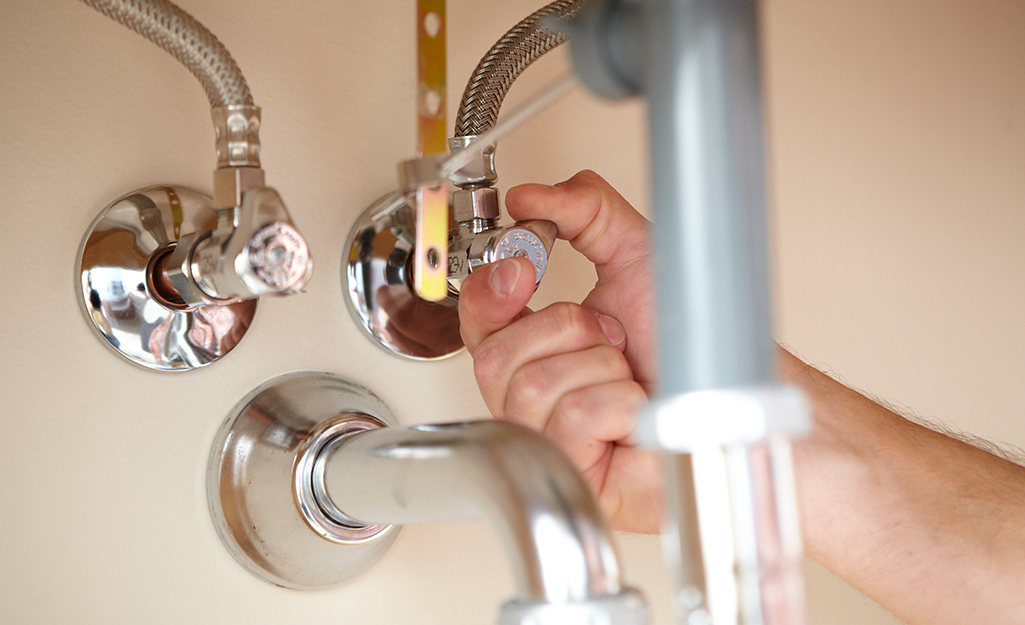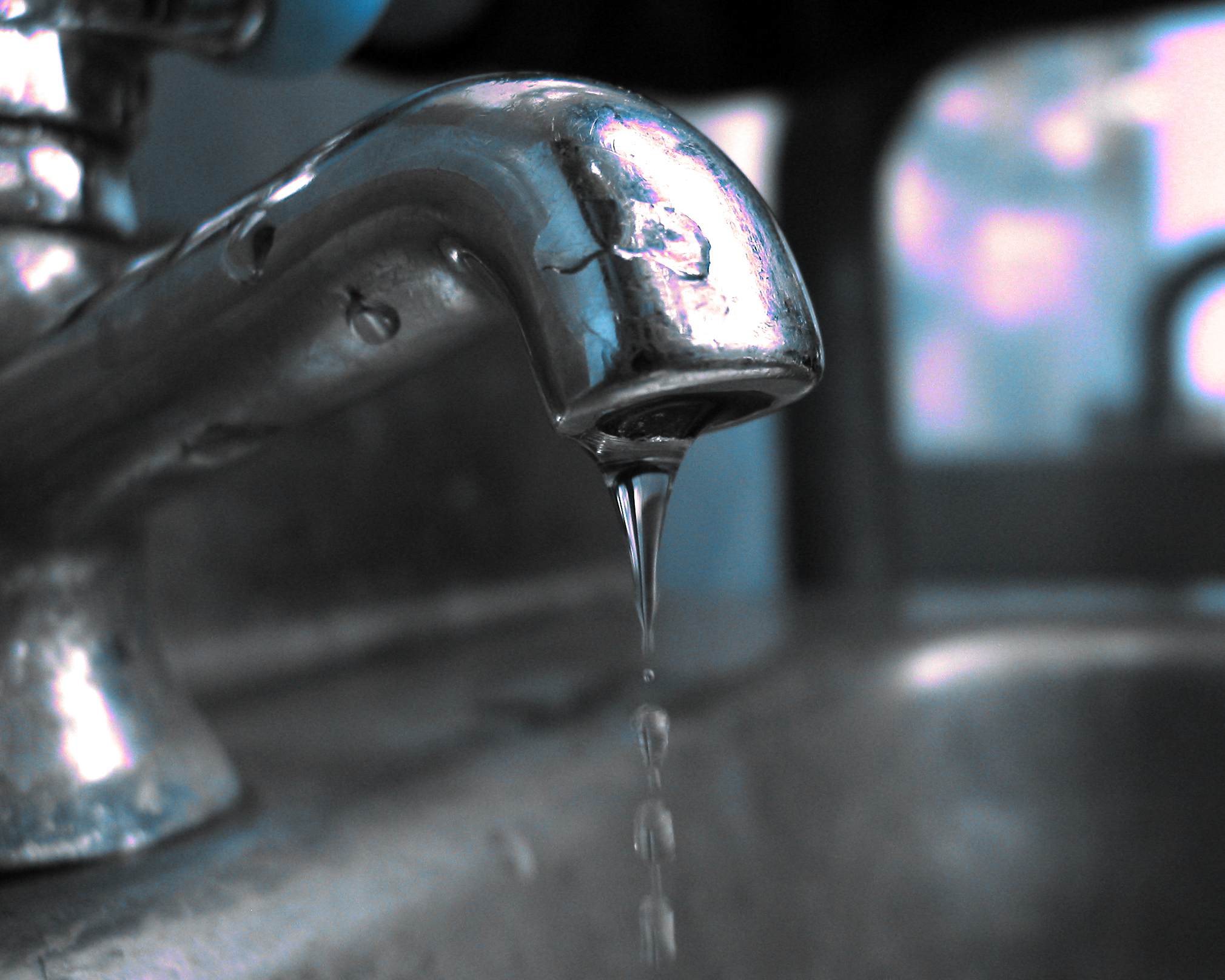Are you looking for info about Water Dripping from Faucet: Why and How to Fix?

Leaking taps could feel like a minor trouble, but their effect surpasses just the aggravation of the noise. From wasting water to sustaining unneeded financial expenses and health and wellness risks, ignoring a dripping tap can result in various effects. In this post, we'll delve into why it's essential to address this typical household problem without delay and properly.
Wastefulness of Water
Ecological Influence
Leaking faucets add significantly to water waste. According to the Epa (EPA), a solitary tap trickling at one drip per secondly can waste greater than 3,000 gallons of water annually. This not only stress water resources but additionally affects ecosystems and wildlife depending on them.
Financial Costs
Increased Water Costs
Past the ecological influence, trickling faucets can inflate water costs considerably. The collected wastage over time equates into greater utility expenditures, which might have been avoided with prompt repairs.
Prospective Property Damage
In addition, extended trickling can cause damage to fixtures and surfaces bordering the faucet. Water accumulation can create discoloration, corrosion, and also structural issues if left neglected, leading to additional repair prices.
Wellness Issues
Mold And Mildew and Mold Growth
The continuous existence of dampness from a dripping faucet develops an optimal environment for mold and mildew development. These fungis not just jeopardize interior air top quality yet also pose health and wellness threats, specifically for individuals with respiratory system conditions or allergic reactions.
Waterborne Conditions
Stagnant water in leaking taps can become a breeding ground for microorganisms and other microorganisms, enhancing the threat of waterborne diseases. Pollutants such as Legionella bacteria thrive in stationary water, potentially leading to major health problems when ingested or inhaled.
Do it yourself vs. Expert Repair work
Benefits and drawbacks of Do It Yourself Repair
While some might try to repair a leaking tap themselves, do it yourself repairs include their own collection of difficulties. Without proper understanding and devices, DIY attempts can worsen the problem or lead to incomplete fixings, extending the problem.
Benefits of Working With a Specialist Plumber
Hiring a specialist plumber makes certain that the underlying cause of the dripping tap is resolved successfully. Plumbings possess the competence and tools to identify and fix tap concerns successfully, saving time and lessening the risk of additional damages.
Step-by-Step Guide to Repairing a Dripping Tap
Tools Needed
Before trying to deal with a trickling tap, gather the required tools, including an adjustable wrench, screwdrivers, replacement parts (such as washers or cartridges), and plumber's tape.
Typical Tap Issues and Their Solutions
Determine the kind of faucet and the certain issue causing the drip. Usual problems consist of damaged washing machines, corroded valve seats, or damaged O-rings. Refer to manufacturer guidelines or online tutorials for step-by-step guidance on repair services.
Safety nets
Routine Upkeep Tips
To stop trickling faucets, do regular upkeep such as cleansing aerators, evaluating for leakages, and replacing damaged components promptly. Additionally, consider installing water-saving gadgets or updating to more efficient components.
Relevance of Prompt Services
Addressing leaking taps as quickly as they're noticed protects against further water wastefulness and possible damages, inevitably saving both water and money in the future.
Impact on Building Value
Assumption of Well-Maintained Residential Property
Keeping a residential or commercial property in good condition, including dealing with upkeep problems like trickling taps, boosts its regarded worth and charm amongst prospective buyers or lessees.
Impact on Resale Value
Qualities with properly maintained plumbing components, consisting of taps, command higher resale worths in the realty market. Resolving dripping taps can contribute to a positive impression throughout property examinations and negotiations.
Ecological Obligation
Specific Payment to Preservation
Taking duty for taking care of dripping taps aligns with more comprehensive efforts toward water preservation and ecological sustainability. Every individual's actions collectively make a considerable impact on preserving precious resources.
Lasting Living Practices
By focusing on prompt repair work and taking on water-saving behaviors, individuals contribute to sustainable living methods that profit both present and future generations.
Conclusion
Dealing with a leaking tap exceeds plain comfort; it's a necessary step toward conserving water, minimizing economic expenses, and guarding health and residential or commercial property. Whether with do it yourself repair work or professional help, acting to fix dripping taps is a tiny yet impactful means to advertise responsible stewardship of resources and contribute to a healthier, much more lasting future.
How to Fix a Dripping or Leaky Faucet
A leaking faucet is one of the most common problems that homeowners encounter, but it being commonplace doesn’t make it any less annoying. The constant drip drip drip of a leaking bathtub faucet, showerhead, or sink tap can disturb your home’s serenity. Left neglected, a dripping faucet can also result in higher water bills and discoloration or mold growth in your sink or plumbing fixtures.
Fortunately, you don’t have to be a trained plumber to know how to stop a dripping faucet. With some basic tools, replacement parts, and a little patience, leaky faucet repair is a breeze. In this article, we’ll explain what causes dripping faucets and how you can fix them.
What Causes a Leaking Faucet?
Kitchen and bathroom faucets come in all manner of designs, but most involve some combination of valves, O-rings, seals, and washers. The O-ring is usually the weakest link, but any one of these pieces can wear down over time. Heat, moisture, temperature fluctuations, minerals, mold, and movement can contribute to warping and corrosion, breaking the watertight seal. This just comes with the territory of being a homeowner. Everything is always subject to wear and tear, and some component parts of your appliances and fixtures need to be replaced on occasion. At least replacement O-rings are cheap!
More rarely, dripping faucets can be a symptom of excessively high water pressure. Were this the case in your home, you would probably notice that the leak is not isolated to one faucet. Water pressure issues are harder to resolve on your own. We recommend contacting a professional plumber if you suspect your water pressure is too high.
How to Fix a Dripping Faucet
Pipe wrench or monkey wrench Allen wrench set Screwdrivers Old towel or rag Shut off the water.
Before you do anything, you need to turn off the water to keep from drenching your kitchen or bathroom. You should find a valve under the sink and against the wall. Once you’ve turned this valve, try turning the faucet on to confirm that the water source has been cut off.
If you can’t locate your local valve for the faucet you’re working on, you can always shut off the water to the house at the main valve. Of course, this will prohibit anyone from using the sinks, showers, or toilets while you’re working on the faucet that’s giving you trouble.
Plug or block the drain.
You’ll be disassembling the faucet and removing some small bits of hardware. Plug the drain with a stopper or rag to avoid the possibility of a small screw falling into your P-trap.
Take apart the faucet assembly.
There are several varieties of kitchen and bathroom faucets, each with its own manner of assembly. For detailed instructions on how to disassemble your faucet, you can refer to the fixture’s manual or contact the manufacturer. If you know whether you have a ball, disc, cartridge, or compression faucet, you can find detailed schematics online.
In general, you need to begin by removing the faucet handles. You might notice a small screw that you’ll need to remove with a screwdriver or Allen wrench. If you don’t see any visible securing hardware, it’s likely hidden under a decorative cap that can be unscrewed or popped off with flathead screwdriver.
Remove each piece methodically, consulting a schematic when necessary. Take notes or arrange the pieces in such a way to make it easier to correctly reassemble the faucet later.
Remove the cartridge.
Once you’ve removed the handles and securing hardware, you should be able to remove the valve cartridge or stem. Some cartridges will slide right out. Other faucet models will require you to loosen a nut with a pipe wrench before you can remove the valve stem.
Examine the exposed hardware.
With the cartridge or stem removed, inspect the component parts. Check the rubber O-rings for wear and tear. Also examine the seat washer for corrosion or other damage. These pieces are usually the responsible parties for a dripping faucet, but it’s worth inspecting the other component parts while you have the faucet disassembled.
Find replacement parts.
Once you’ve identified which faucet component has failed, find an identical replacement. Your local hardware store should have O-rings, seat washers, and other standard components in stock. If you have a luxury or uncommon faucet, you may have to contact the manufacturer for a replacement part.
It’s a good idea to take your old parts with you to the hardware store so you can compare them with the store’s inventory and be sure you’re purchasing the correct replacement.
Reassemble the faucet.
With your new parts in hand, reconstruct the faucet and handles. Don’t be tempted to overtighten screws or nuts. You might think this could create a better seal, but it can instead damage or bend a delicate part of the assembly and create a new problem for you.
Turn on the water and test the faucet.
The only thing left to do is test your work. Unplug the sink, turn the water back on, and try the faucet. Congratulate yourself on a job well done!
https://www.libertyhomeguard.com/how-to-fix-a-dripping-or-leaky-faucet/

Do you enjoy reading about Why Are My Faucets Dripping (And Can I Fix It Myself)?? Try to leave a remark directly below. We'd be pleased to know your responses about this blog posting. Hoping that you visit us again in the near future. Loved our piece of writing? Please quickly share it. Help someone else locate it. Thank-you for going through it.